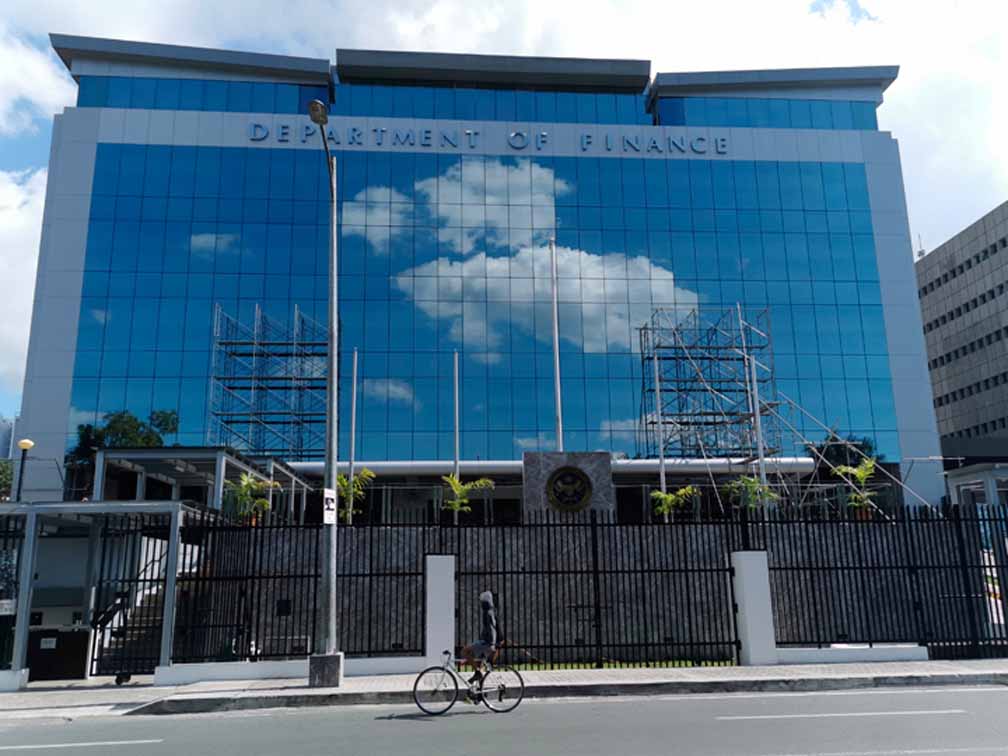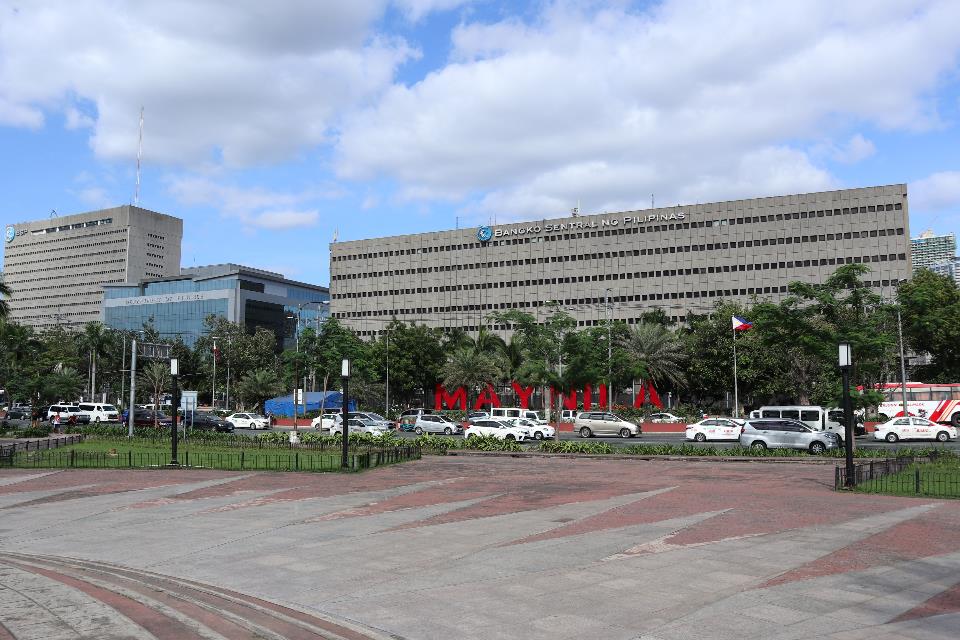On January 21, 2020, I participated in the annual Manila Chinatown heritage tour as part of the Chinese New Year celebration. No such tour has been organized for the past two years due to the Covid-19 pandemic.
The tour was made possible by my good friend, blogger and cultural tour guide Rence Chan (WalkwithChan). Chan is a Filipino-Chinese historian who is known for conducting the most in-depth and detailed tour of Chinatown.
WalkwithChan has become his advocacy to impart knowledge on the cultural and historical aspects of this place which he once called home. A hobby he developed since high school, Chan has toured many groups especially students who are writing theses about food and culinary and historical places of Manila.
A WalkwithChan tour is normally done in partnership with Ralph Soriano’s Binondo Fireworks Firecrackers Lovers Organization Inc., and the PHLPost’s Royal Postal Heritage Tour. The tour group is also behind various public and private guided tours in the historical destinations in Manila such as Fort Santiago-Intramuros, and an operational tour in the Manila Central Post Office.
Why does the date of Chinese New Year keep on changing?
The date of Chinese New Year changes every year, but always falls between January 21st and February 20th. The first day of the Chinese New Year falls on a new moon day and this year, it falls on February 1. This also ushers in the Year of the Water Tiger.
Aside from China, CNY is celebrated in countries with big Chinese communities such as the Philippines, Singapore, Indonesia, Malaysia, Thailand, Cambodia, Australia, Taiwan, Hong Kong, Southeast Asia and Mauritius, and also in Europe, Australia, New Zealand, America, and Canada.
Most Chinese communities during this period are decorated with red lanterns, loud fireworks, massive banquets and parades. Most major cities put up an impressive display of fireworks around midnight to welcome the New Year. No such celebrations have happened during the past two years.
Manila Chinatown is the largest, oldest of its kind
Founded in 1594, Manila Chinatown was established to separate the Catholic Chinese from the non-Catholics from mainland China. Over the centuries, it became the center of commercial and trade operations due to its strategic location.
The current Chinatown covers a big portion of several districts of Binondo, San Nicolas, parts of Santa Cruz, Tondo and even parts of Quiapo. Today, it remains a commercial hub and home to establishments of all ages and sizes.
“Chinatown is such a big place, not just Binondo. It also includes Santa Cruz, San Nicolas and even small parts of Tondo. Our tours focus on those areas that are not frequently visited by commercial tour operators,” Chan pointed out.
My exclusive tour started at Plaza Sta. Cruz where the Church is located. We traversed Burke St. on our way to our first stop at the New Toho Food Center at Pinpin St. near Dasmariñas St. to have a taste of Dr. Jose Rizal’s favorite dishes of lumpiang shanghai, pancit canton guisado, and yang chow fried rice. We also ordered the restaurant’s famed pork asado which had a smoky flavor, and Manila Mayor Isko Moreno’s favorite Chinese kikiam.
Fourth generation owner Alguer Wong told me during our interview that he would be upgrading his restaurant to make more appealing to today’s generation with the help of his millennial son.
And he just did that! Chan sent me a photo taken last week of the newly refurbished resto. Grand Toho was renovated in June 2021 and since then, it has been catering to online deliveries through.
From New Toho, we had brief stopovers to take photos at the Juan Luna Ancestral House marker, Chamsamco Hardware, Santo Cristo St., Dona Teodora Alonzo Ancestral House marker, Ilang-Ilang Restaurant, and Jaboneros St., among others.
We also passed by the Panciteria Macanista de Buen Gusto along San Fernando St. The panciteria is Manila’s oldest pancit house which served the famous pancit lang-lang. The place is mentioned in Chapter 25 of Rizal’s El Filibusterismo, Chan said.
After that, we traversed Reina Regente St., a good five to 10-minute walk to our final stop, the Chinatown Museum housed at the imposing Megaworld Lifestyle Malls and Lucky Chinatown in Binondo, Manila.
Tikoy, hopia, siopao, mooncake and other Chinese delicacies
Chinese people firmly believe that “To the people, food is heaven.” There are only a handful of cultures that are as food oriented as the Chinese. This is probably brought about by the foremost task of the Chinese Emperor is to make sure that he can feed his subjects.
The Chinese use food in rituals to guarantee fertility, prosperity, a good marriage, and an afterlife. It has also been used to display the power and wealth of the state, family, and a person.
Chinese cuisine has developed over thousands of years, its character unchanged by war and revolution. But there is a huge variety when it comes to real Chinese cuisine, and regional specialties vary, in some cases, from village to village.
Aside from main dishes, many Filipinos simply cannot resist the taste of tikoy, hopia, siopao, and mooncake. In celebrating Chinese or Lunar New Year, it is believed that the sticky feature of tikoy symbolizes the sticky or solid relation of the family and that the New Year would help the family stick together.
Even the non-Chinese among us have adapted this and give away tikoy especially during CNY celebrations. Jerome Tan, the second-generation owner of Maggie’s Home Made Tikoy, related that business in the Binondo district has been badly affected by the pandemic.
“There is a big demand for Tikoy. In fact, we still get new clients every year just by word of mouth and referrals of friends. Unfortunately, this year we were unable to produce any tikoy because most of my employees got COVID. This is the first time in our 40-year existence that this has happened,” he said.
Hhe said his mother started Maggie’s in 1981 with the traditional recipe from her native Fujian, China, a recipe the company uses until this day.
“My mom, now in her 70s, is still active in the business which started in our home in Binondo. Our Tikoy is made from 100 percent pure glutinous rice, galapong, as they call it and make it the old, traditional way,” he said.
Maggie’s Homemade tikoy boxes are not available commercially. Their clients are mostly corporate clients who buy their tikoy and place them in customized packages.
“Our clients include many banks, shipping and power generation companies, schools, hospitals, car dealers and many others,” Tan said.
Maggie’s current warehouse is located in Malabon City. For now, Jerome is focusing on his other businesses like BA Medical Diagnostic Center which is doing well during the pandemic.
Quezon City hosts the country’s biggest Chinatown
The country’s biggest Chinatown in terms of land area is not in Manila, Cebu or in Davao. It can be found in the Sta. Mesa Heights area in Quezon City which was developed several years ago under then Vice Mayor and now Mayor Joy Belmonte.
Prior to the pandemic, Quezon City officials celebrate Chinese New Year with traditional dragon and lion dance performances; a Chinatown motorcade; Chinese deli food and trade bazaar; Chinese music and arts performances; a wushu or kung fu martial arts exhibition; traditional Chinese cooking demonstrations; feng shui predictions; and a concert.
Just like the other Chinatowns all over the world, there will be no grand celebration in Quezon City. However, many time-honored traditions will continue to be observed. These include family reunions; the giving of lucky “angpao,” red envelopes with money for the youth, unmarried adults, seniors and employees; eating Tikoy; visits to the temple; wearing new clothes, particularly red in color; annual cleaning of one’s house or office; and paying off old debts
Let’s not allow the Covid-19 pandemic to dampen our Chinese New Year celebrations. Kung Hay Fat Choy!
Image credits: Bernard Testa

































